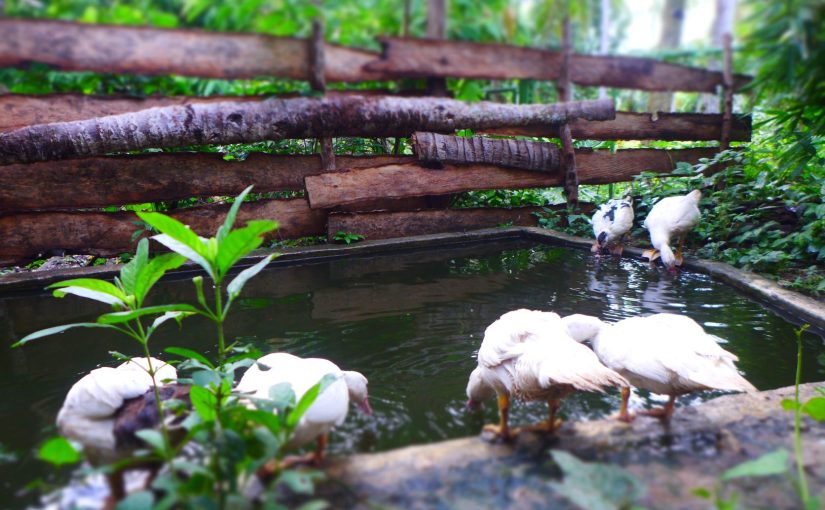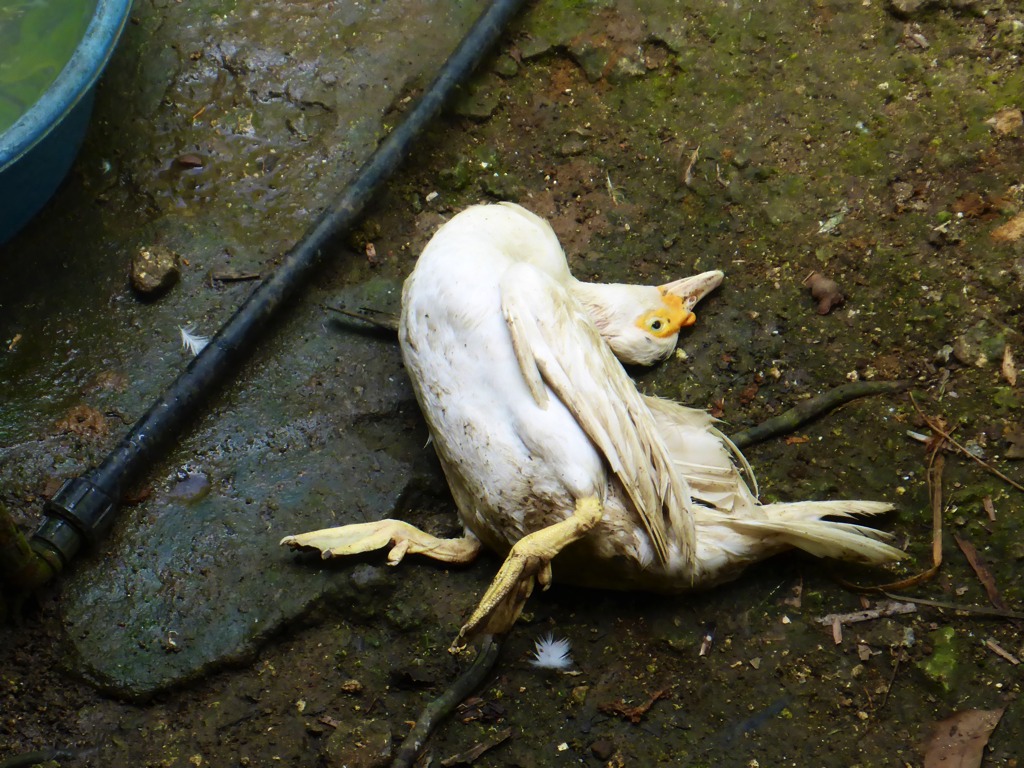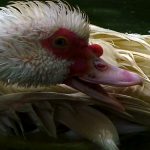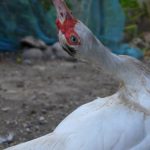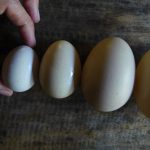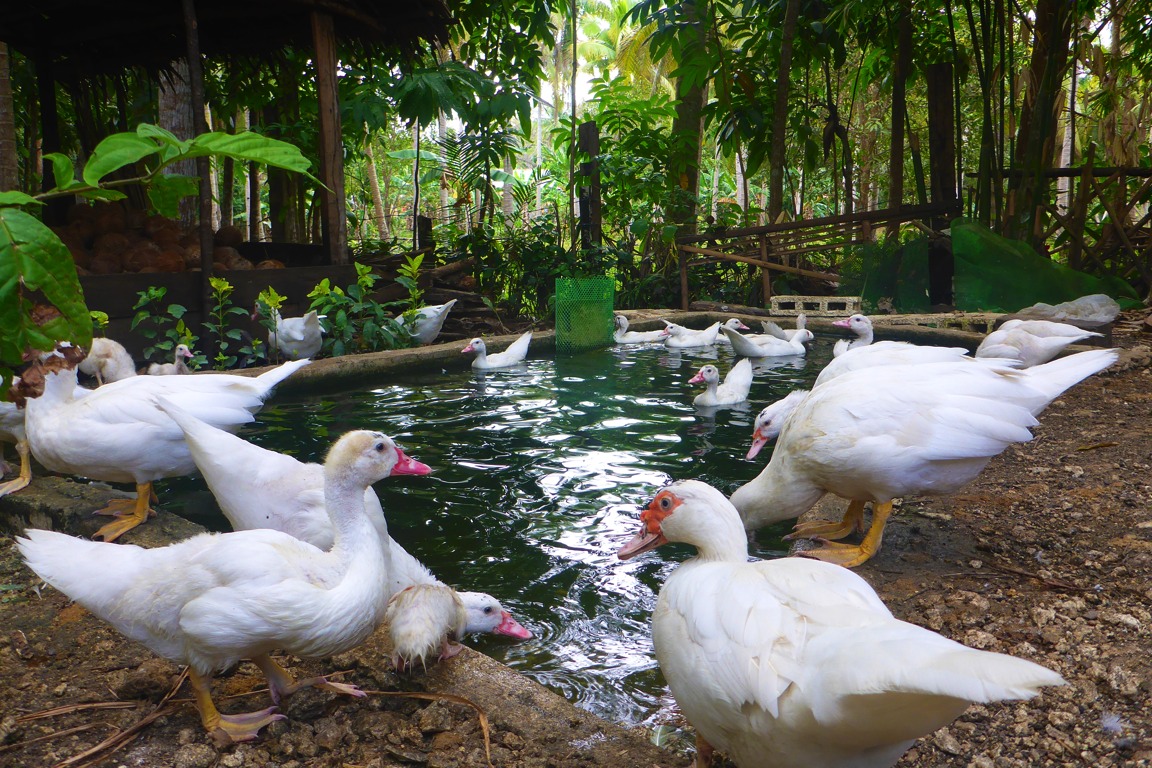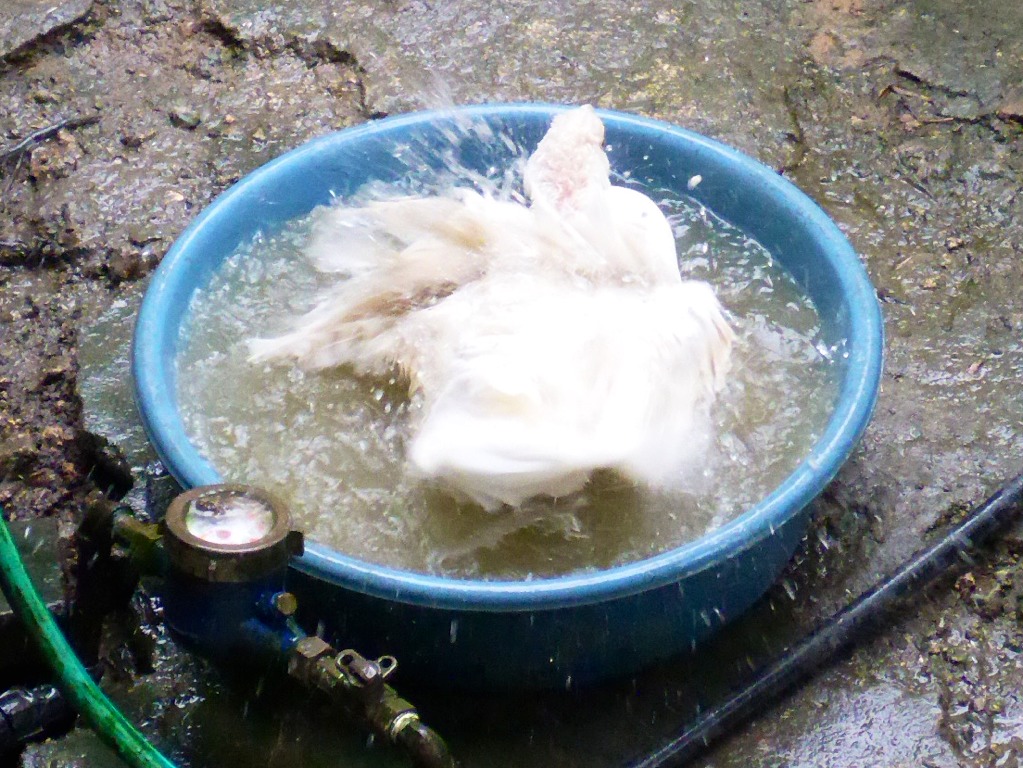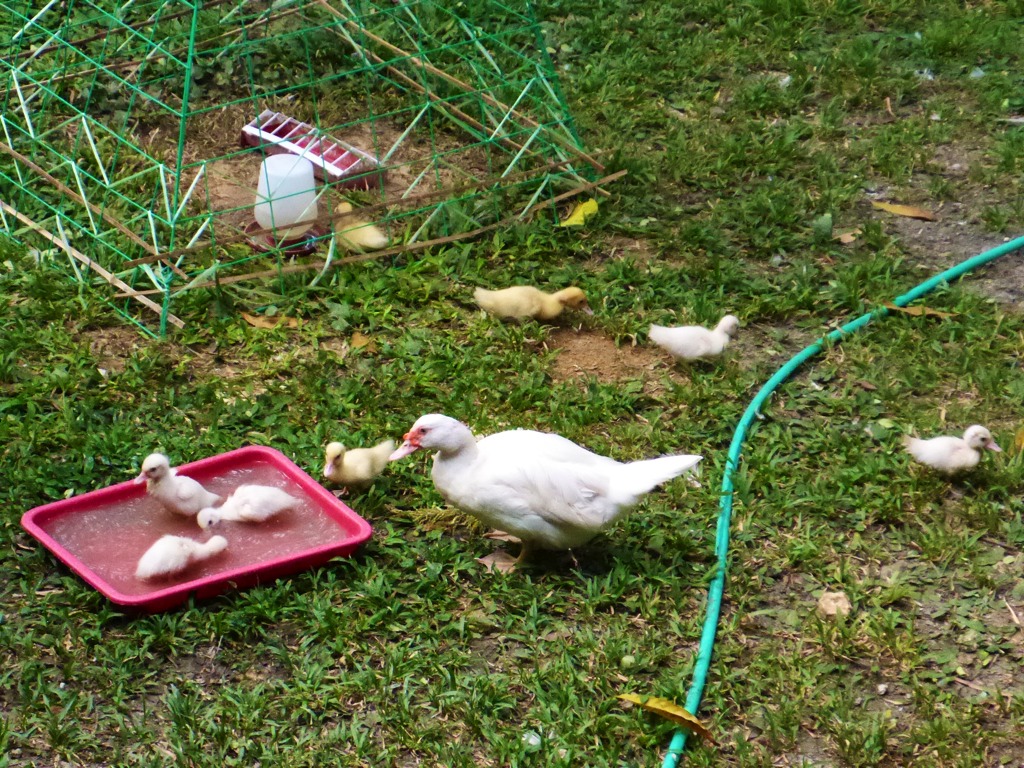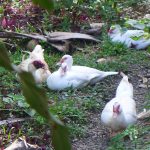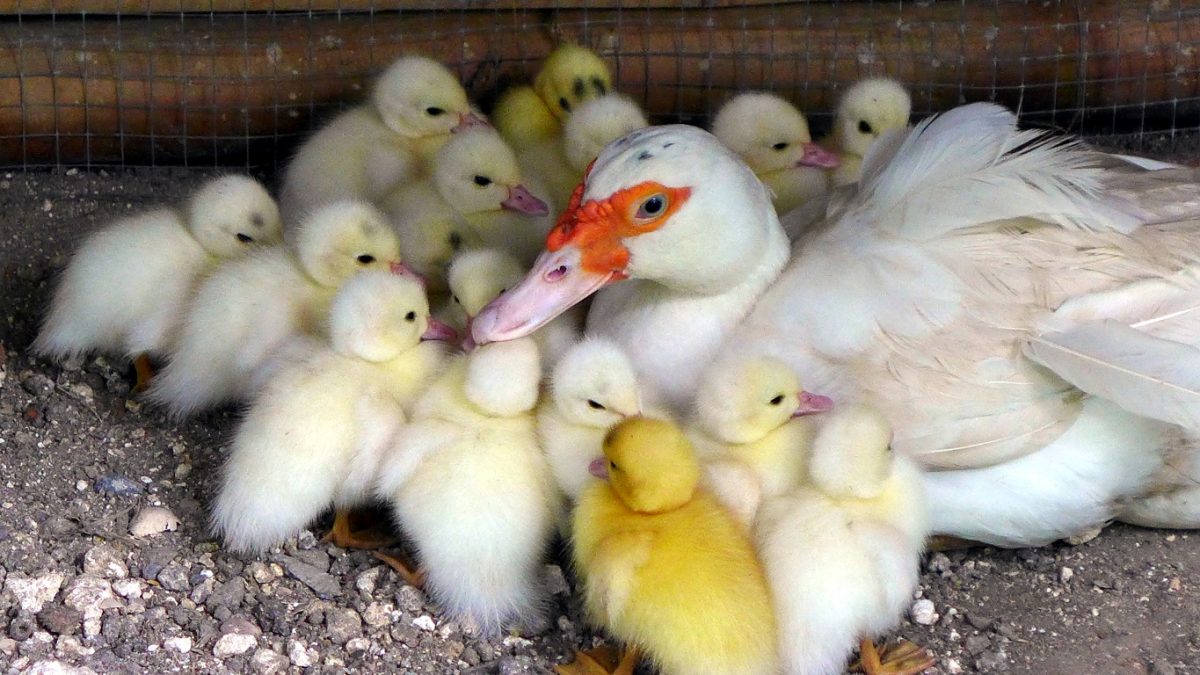Or as we humans define it, “feel intense sorrow”?
In early 2015, I saw the oldest drake in a group of about 15 ducks forcibly mating with a female duck of about the same age. I have read in various literature on ducks that the mating behaviour of ducks can be quite violent. So I assumed, despite the distressful appearance of the female duck, that what was happening was quite normal, just the way of nature. Besides, the ducks are free-range, so ducks can flee when they are threatened by other ducks.
Unfortunately, in just a matter of minutes, I saw the female duck lying dead on the ground and the drake walking away. It was horrifying! I couldn’t believe it. I felt sorry and upset that I was wrong in thinking that the female duck would be alright.

Then some five minutes later, I saw a group of ducks converge near the dead duck. The female ducks were the first to gather, followed by the second (younger) drake. Soon, the ducks positioned themselves near the dead duck, looking on as if they were grieving.

This went on for about fifteen minutes until the older drake, the culprit, arrived. The other ducks looked at him.
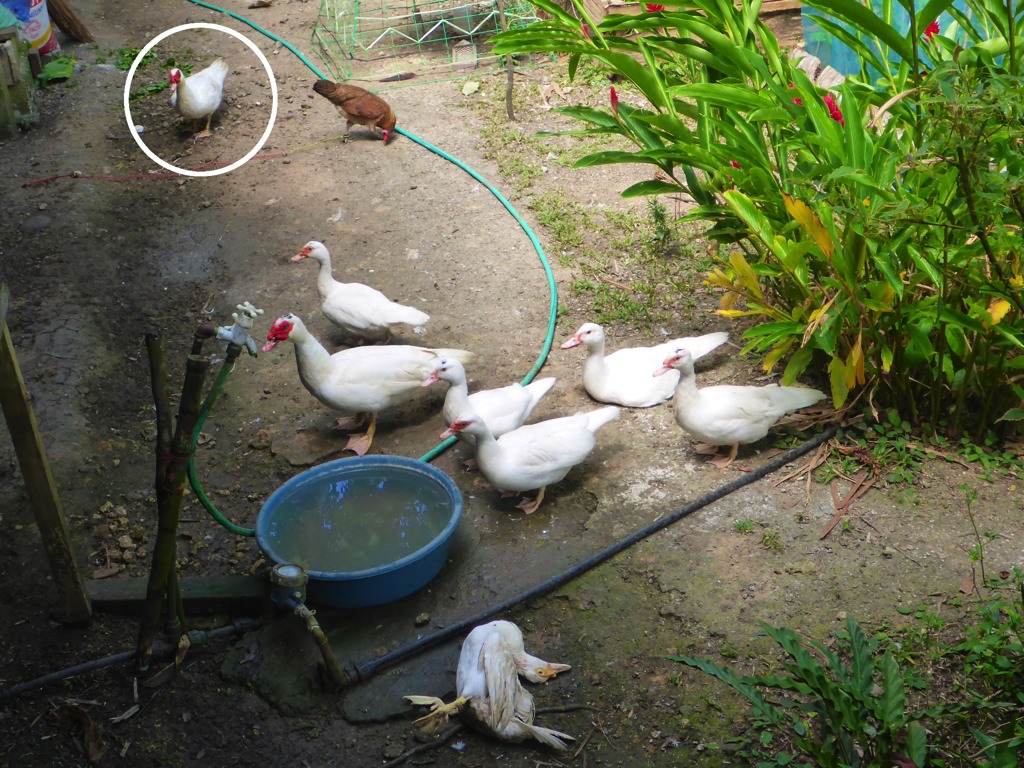
Twenty minutes had passed when the young drake began to confront the older drake, causing the other ducks to slowly disperse.
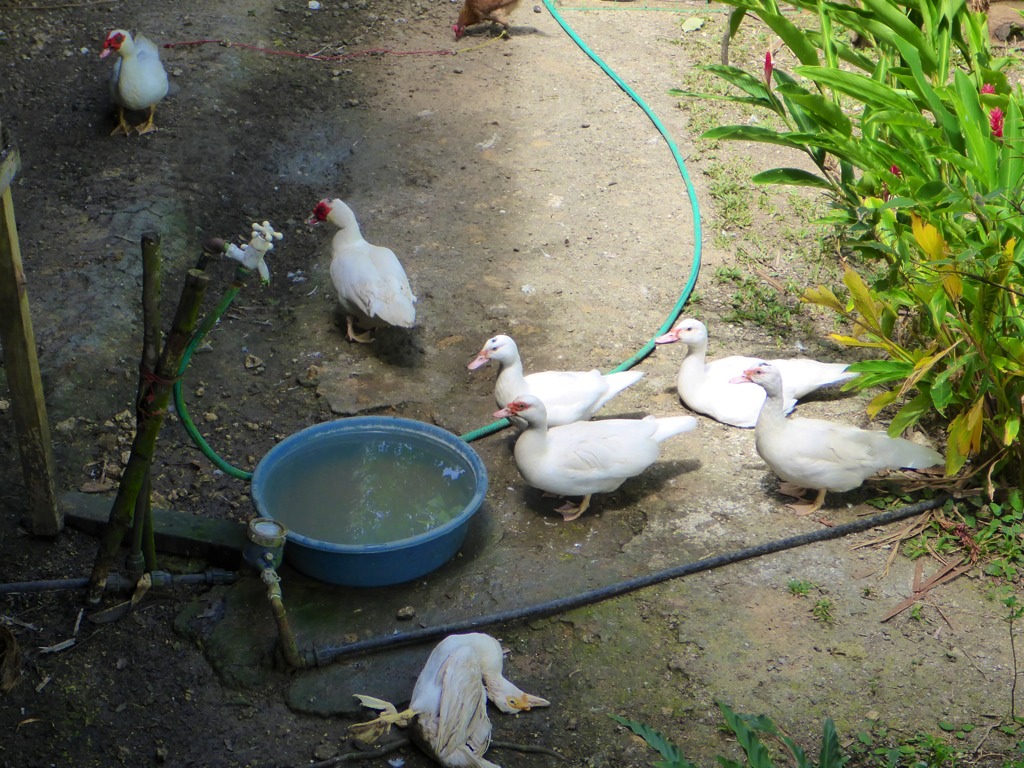
That same day, I decided that we must cull the older drake. With him around, there had been constant fighting and forceful mating. Such behaviour not only distress the ducks but have also killed younger ducks that got caught in the fight. This decision to cull turned out to be a very good decision.
At the moment, we have two drakes that service some 10 female ducks. The two drakes also get along very well with each other, the older teaching the younger one about mating and looking after the females. It is necessary to cull in order to stop unnecessary stress in the duck population.
